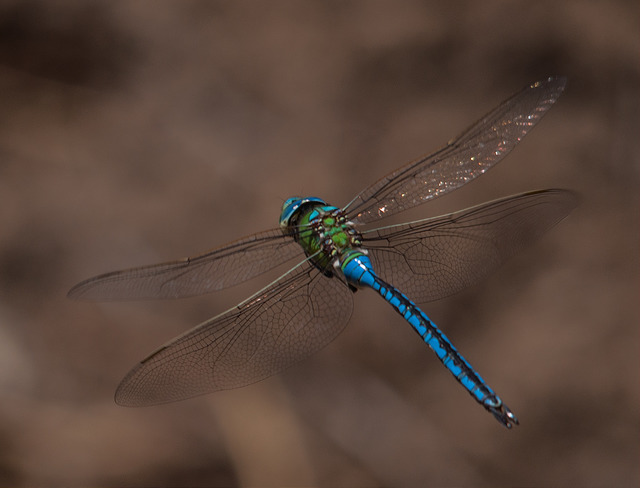Re: Insect or Invertebrates Identification
Posted: Fri Oct 25, 2013 1:35 pm
This might be another
Koppie Foam Grasshopper Dictyophorus spumans
They come in different morphs, I think
Go wild for Wildlife and help to keep our Conservation Areas pure, natural and green.
https://www.africawild-forum.com/
nan wrote:a nice colored bug, Augrabies (en route to Namaqua)
I saw something like Antelion... will search
Toko wrote:Lunate Blister Beetle Decapotoma lunata
Family: Meloidae
© leachy
Feeding on Ecklon's Blue Commelina, Kruger National Park
Blister beetles are Coleoptera of the family Meloidae, so called for their defensive secretion of a blistering agent, cantharidin. There are approximately 7,500 known species worldwide. Many are conspicuous and some aposematically colored, announcing their toxicity to would-be predators.
Description
A medium-sized crescent-shaped black beetle (body length 14 mm), the body covered with erect black hairs. The pronotum and elytra are punctured; the elytra (wing coverts) with 3 transverse irregular yellow bands. The antennae are black with the last 5 segments yellow.
Habitat
Diverse. Grassland, savannah.
Biology
Adults feed on foliage, flowers of cotton, fruit trees and vegetable, including peas and beans.
Links: Mike Picker, Charles Griffiths, Alan Weaving: Field Guide to Insects of South Africa
all less or more orange... maybe you are rightToko wrote:nan wrote:another one, red/orange hairs, Cape Town
nan wrote:long grey hairs, Kgalagadi
These are IMO the same as this one
Twigga wrote:Cape Lappet Moth Eutricha capensis
Family: Lasiocampidae. Subfamily: Lasiocampinae
© Twigga
These hairy caterpillars are larvae of the Cape Lappet Moth, they are highly gregarious.
Description
Large (wingspan 70 mm), bulky, with reddish brown fore wings with yellow flecks and 3 wavy white lines.
Larvae are hairy and have a central black stripe with spines and white side stripes.
Distribution
Malawi, Mozambique, South Africa.
Habitat
A variety of natural and garden habitats.
Biology
Larvae congregate conspicuously on tree trunks, feeding on Acacia, white stinkwood (Celtis), bush willow (Combretum), Bauhinia and other trees in nature, and on trees such as mango, peach and the Brazilian Pepper in gardens.
Links: African Moths
Do you agree?
you think it walks on the handsToko wrote:is the second one the underside
